"Spikes are too Rough": An Ontologic Antenarrative Analysis of Anti-Homeless Storytelling
David M. Boje, June 16 2014; revised Jun 19 2014
Abstract
This is an antenarrative analysis of 'spikes are too rough.' Antenarrative has been defined (Boje, 2001, 2011) as the stuff BEFORE narrative coheres, and as a BET on the future. Here, I would like to develop two more concepts of antenarrative: the BETWEEN grand narratives and living story webs, and the BENEATH where existential modifications occur in an emboied restorying process (ERP). 'Spikes are too rough' is a fragment of discourse that is ripe for antenarrative analysis.
Introduction to Antenarrative
In a recent radio show, antenarrative was defined, appropriated, and morphed into a grand narrative, into advertising slogans: "The antenarrative is the story that no one can tell. Not even the people who were there. It is chaotic, without logic and disconnected. It is the way things actually happen" (The MondayMorningMemo for June 2, 2014 - hear full program by Dean Rotbart).
This is a good start at defining antenarrative: the story no one can tell, too chaotic, without logic of the grand narrative, making its beginning, middle, end connections. Besides what is BEFORE narrative, and the BET on the future of many possibilities, there is something BETWEEN grand narratives and living story webs, and the BENEATH, that noone can tell, yet there is constent retelling going on, just the same. Antenarratives are encountered Being-in-the-world, existentially, ontologically. As Heidegger (1996, Being & Time, #155" puts it "What is spoken is 'passed along' in further retelling."
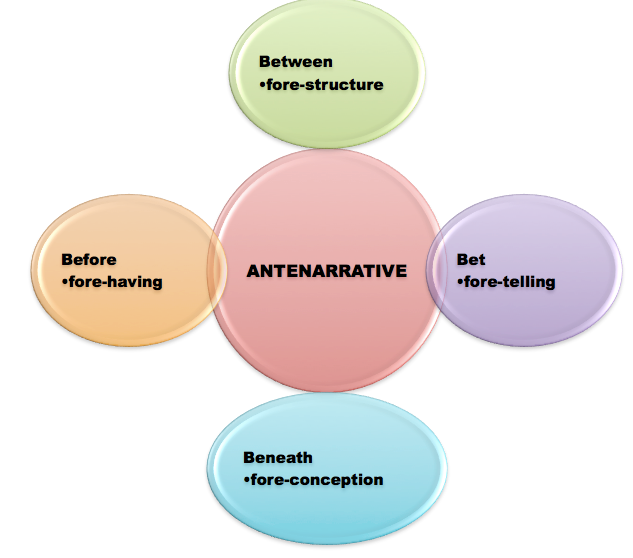
Figure 1 - Fourfold Antenarrative Analytic Method
This is a pragmatic-ontologic approach to antenarrative (Boje, 2014a). It is fourfold: before, bet, between, and beneath. The BEFORE is the stuff that circulates in what Heidegger (1962/1996) calls an ontology of fore-having. The BET is the antecedent fore-having already in play existentially. The BETWEEN is the connecting going on in-between grand narratives and the living story webs of meaning so often excluded. The BENEATH is all the fore-conception much of it in language, in discourse, in which our storytelling swims.
'SPIKES ARE TOO ROUGH!'
Some would argue that the following picture does not meet the definitions of either a narrative or a story, and is therefore not storytelling (see list of storytelling definitions). I will assert that it is antenarrative fourfold, and a nascent storytelling: a process organizing, just coming into existence and beginning to display signs of future potential by lots of retelling and more retelling. The photo is already a retelling, that 'spikes are too rough.'
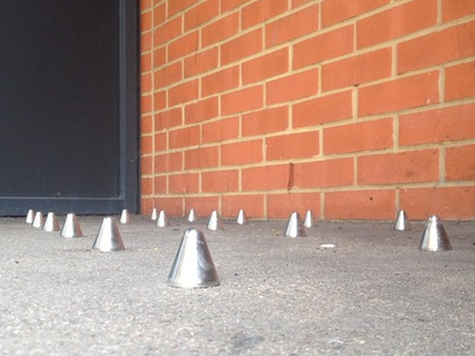
Figure 1a - 'Spikes are too rough.'
The photo is retelling that spikes were installed outside Southwark luxury apartment development in London. Each apartment costs over one million pounds. The stainless steel metal spikes are a form of architecture that is cultural, and varies cross-culturally.
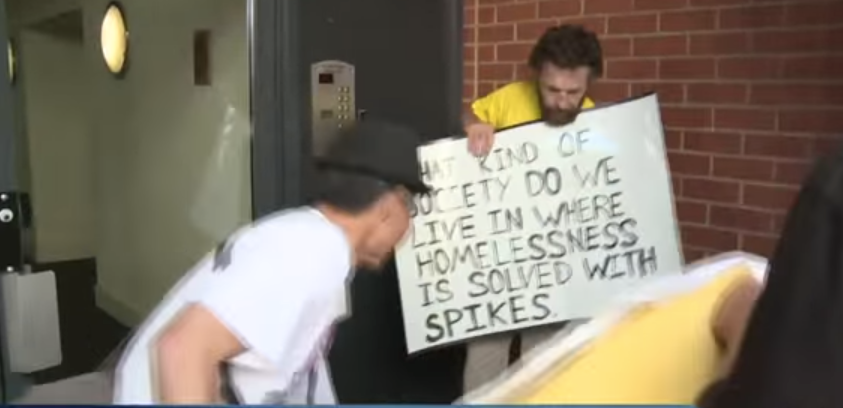
Figure 1b
Psychiatric Nurse Harriet Wells started a petition to get the SPIKES removed. "The spikes have been removed from 118 Southwark Bridge Road, SE1!"
Who is having SPIKES installed against WHOM?
Katharine Sacks-Jones, head of policy and campaigns at Crisis, said: “This is happening in a context where rough sleeping has gone up massively. Over the last three years rough sleeping has risen by 36% nationally and by 75% in London. More than 6,400 people slept rough in London last year.” [source]
Why Spikes?
Spikes have what Heidegger calls servicability, usability and detrimentality. Spikes are servicable to a culture. Spikes are servicable because they are pragmatic, instrumental, low-cost, zero-maintenance, and economical. There is a storytelling that is already present in the spikes of each culture.
Spikes have a particular usability, already present and objective, Being-in-the-world. Spikes are usable as one culture repels another culture, or invites them, in hospitable ways. Spikes' usability in London culture, and in China culture ---> is to deter the homeless by making the concrete spaces their 'rough' sleeping' dwelling for the night. "Spikes are too rough!" has a particular meaning Being-in-the-world. Spikes' usability means spikes is one of many ways to deter homeless. Spikes are anti-homeless. When spikes are too rough, it means there are other technologies less rough, and some that are even more rough.
Spikes already have a detrimentality in-Being, in-spaces. On Monday, 9 June 2014, Boris Johnson called anti-homeless spikes in London to be removed as soon as possible, describing them as "ugly, self defeating & stupid" (Source: Politics.co.uk, 2014). Spikes are for injury, torture, killing, and highly detrimental to the body. "For years borough leaders and City Hall have worked together to in their words 'design-out' rough sleepers from London. This has involved not just floor spikes, but also sloped surfaces, bench barriers and more. It has also involved far less savoury techniques" (IBID.). What are the less savory technologies of anti-homeless?
There is a constant retelling, lots of idle talk about 'rough.' Rough is paired with sleeping: "rough sleeping." A headline reads: "Rough sleeping continues to rise in London, despite the economic recovery" (Source: Politics.co.uk, 2014). Actually, rough sleeping is on the rise in the global economy, and its recovery. An image goes with the headline:
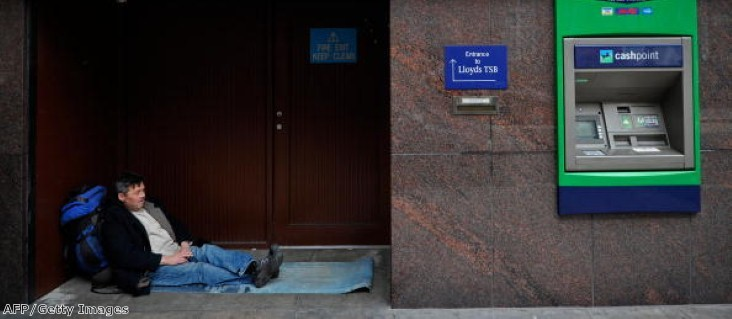
Figure 2 - Rough Sleeping is on the Rise Despite Economic Recovery (IBID.).
Banks have surveillance cameras, security guards, the cooperation of the police. There are alternatives to rough spikes being installed. The spikes in luxury apartments led to widespread protest, first on Twitter, then more directly, at the place itself.
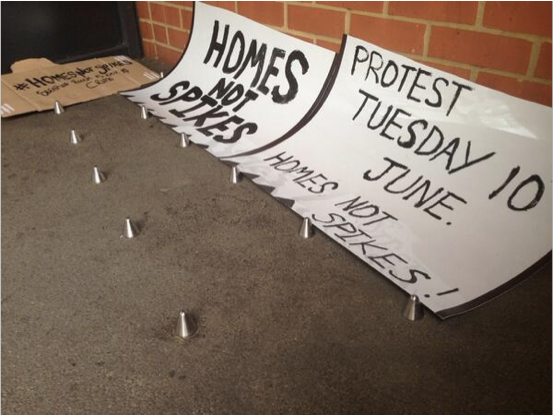
Figure 3: Protests of 'Spikes are too rough!'
To do an antenarrative analysis of 'spikes are too rough!' we have to take a stap back and focus on what is manifest looking at the picture. As we look at the picture we are sharing a visible way of seeing anti-homeless spikes that are too rough. These are luxury apartments (million pounds each or more), but they are not the dwelling places of the superrich, the .01%. They can afford security guards, guard dogs on patrol, surveillance cameras, those automatic lights that shine when there is invasive movement, and where is the doorman. How much luxury can there be here. These are not the .01% wealthy, only the 1%, the 200,000 to 300,000, perhaps a million in annual income. The superrich do not live here.
We can broaden the retelling further by looking at written texts about this photo, Tweeted to thousands of people.
Grand Narratives about Spikes and the Homeless - There are many kinds of grand narratives. Here I will focus on two: the empiric grand narrative, and the abstract grand narrative. The empiric grand narrative is full of facts, statistics, and calculations. It purports to be general, universal, unchanging, but it lacks the emotive power to persuade people to action. E.g. "An estimated 100 million people are homeless worldwide"
(Source: United Nations Commission on Human Rights, 2005). This grand narrative is questionable, since there are reports from China that there are 200 million homeless there. The empiric grand narratives lack ontological clarity, and do not get too far from the idolatry of numerals. I am currently in Greece, on Tilos Island. It is said "Homelessness in Greece has risen from 17,000 in 2009 to 20,000 in 2010." However, I have heard people who live here claim this is a gross undercount, and the 'real' empiric is one million are homeless. The official estimates is after the financial debacle worldwide, unemployment in Greece became 35%, but the locals estimate it to be 65%, with many people leaving Greece for other nations.
Some countries such as UK and USA have developing many kinds of homeless conceptions, while other countries such as Mexico and India, have no conception of homeless, since poor people can become squatters or erect shanty towns or tent cities. For example in the US, "More than 1 million persons are served in HUD-supported emergency, transitional and permanent housing programs each year. The total number of persons who experience homelessness may be twice as high. There are four federally defined categories under which individuals and families may qualify as homeless: 1) literally homeless; 2) imminent risk of homelessness; 3) homeless under other Federal statues; and 4) fleeing/attempting to flee domestic violence" (Source: HUD.Gov). The Veterans Administration (VA) has a joint program with HUD for homeless veterans and their families: "Section 8 vouchers across the country. These vouchers allow Veterans and their families to live in market rate rental units while VA provides case management services" (Source LA.VA.gov).
A second kind of grand narrative, uses monologic to put it spin on 'spikes are NOT too tough' or in the longer version: "HOMELESS SPIKES ARE NOT SOCIAL CLEANSING, JUST COMPASSIONATE CITY HYGIENE" (Source: MILO YIANNOPOULOS, June 2014). He adds, "Personally, I don’t see what’s wrong with protecting the integrity of private property, despite what the fulminating spinsters of the Left-wing press might claim."
The thing about both these kinds of grand narratives is that the context can become veiled again and again in fruther retelling. "Even hearsay is a being-in-the-world and a being toward what is heard" seen, or read (Heidegger, 1996: #155). In the idle talk, the constant retelling is circulating in Twitter, Blogs, YouTubes, Email, and other social media. Such idle talk about homeless in the media, in the government websites, in the social media blogs is a way that the other is conceived, when for the most case, their authors have never bothered to sit and talk to the homeless of their community.
Political Grand Narratives are for or against the homeless. The National Law Center on Homelessness and Poverty has a Homeless Bill of Rights. They oppose local codes outlawing vabrancy, loiterity, lying on the sidewalk, begging, feeding the homeless, eating in public, and so on. Such codes, laws, and policies criminalize visible homelessness. Still very few cultures have right to shelter, food, clothing, and medical care as part of the nation's constitution. Some states in the US, such as Rhode Island, Conneticut, Illinois, and parts of California, have passed a homeless Bill of Rights. Still in over 50 USA cities it is now illegal for private citizens to feed the homeless such as in Las Vegas, Atlanta, Phoenix, San Diego, Los Angeles, Miami, Oklahoma City, and so on. In the UK, inWestminster, a law making it illegal to feed the homeless is in the works: "Conservative Westminster council in Central London also wants to make it an offence to sleep rough – while slashing £5million of funding to hostels" (Daily Mirror, 2014).
There are countries such as Estonia where having shelter is a right guaranteed in the constitution.
Fourfold Antenarrative Analytic Methodology
An antenarrative fourfold analytic allows us to trace the primal phenomenon further back, to get beneath, and in-between, in our ontological inquiry. "Too tough" or "not too tough" are judgments, timeless and unchangable, an ideal in the grand narrative that veils a pragmatic and sometimes critical epistemological theory. Figures 1 and 2 are pointing out something, and it is a communication by antenarrative that defines not just generalitites or universal ideals, but kinds of behavior the ANTES are kinds of behavior attacthed already to Being-in-the-world of wealth and the homeless, those with property and those without. The BEFORE, has a fore-having, of some behaviors being disclosed, the spikes and defense of property, that are already attached to ontological strcutres. This allows the antenarrative retellings to determine BETS on the future, via fore-sight (fore-telling). The rough belongs to the homeless sleeping on others' property. There are already fore-conceptions BENEATH, giving existential foundation to the retellings that can not yet be story or narrative.
Such grand narratives are already connected by antenarrative retelling that is in-BETWEEN the living story.
Living Story - has a place, a time, and a mind (aliveness), and one living story results in telling another, and still another, making a whole web of them (see more on What is Living Story).

Figure 4 - Some concrete places before Spikes
Angry people in Southwark, in South London, 130,000 of them signed a petition to remove the spikes, saying "spikes are for pigeons, not people." A homeless person interviewed, gives his living story account of it: "I might as well be a pigeon tonight, not worth a glance, as I spend 24 hours roughing it on the street just a couple of miles from those flats in Southwark." The reporter adds, "In my doorway I see a passer-by and ask: 'Can you spare any change please?' Clearly uncomfortable he gives me a poisonous stare before turning his head away and quickening his pace. 'C***,' I hear him growl as he hurries on." and makes a connection to an empiric grand narrative; homeless, "A fate steadily on the increase for the thousands on city streets - a number that has risen 37 per cent in the past five years" (Source: Mirror.co.uk June 2014). When the living story gets down an personal, telling names, giving place, time, and materiality full of aliveness, it can be more persuasive than a deadening empiric grand narrative.
 Figure 5 - Kieran Duggan, 21 and homeless
Figure 5 - Kieran Duggan, 21 and homeless
"Kieran Duggan is only 21 but he is ages old in hardship. He has been homeless from the age of nine and his only possessions are the clothes he is wearing. He has epilepsy and asthma. He has already been hospitalised with hypothermia four times. Yet he has no sleeping bag to keep out the cold, only the clothes he is wearing.
"Being on the streets so young I was really vulnerable," he says. "I've been jumped on and attacked, I've had my phone stolen, I've even been urinated on.
"Most nights I don't even try to sleep, I just walk and walk. Sometimes I'll sit on a bench and fall asleep until a copper comes and shines a torch on me and moves me on. That happens all the time" (IBID.).
Begging in London is illegal. Try it says the reporter and you will be surrounded by officers who tell you it is illegal even to sit on the pavement, and to move one. Where do the homeless move along to?
Metal spikes are not just in million dollar per each appartment buildings. The spikes have been installed outside shop and store windows.
Tesco's CORPORATE SPIKES in PUBLIC PLACES
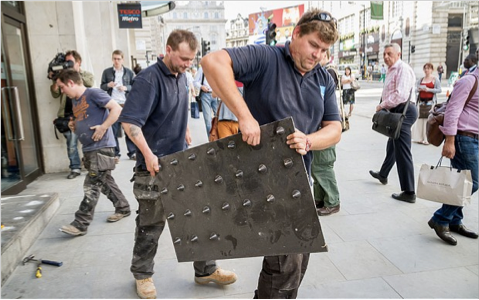
Figure 6 - Tesco Corporation had to have its London Metro Store remove the Anti-Homeless spikes
Words are absent in the visual retelling, except the TESCO Metro sign in the background.
“'Defensible architecture' is growing. On Wednesday, activists poured concrete on top of spikes outside a central London branch of Tesco. The company said they were to prevent antisocial behaviour rather than to deter homeless people but agreed on Thursday to remove them. It's what some call the 'mallification' of public space, where everything becomes like a shopping mall" (Source: Telegraph.co.uk).
As we procced in the antenarrative pragmatic-ontological analysis (Boje, 2014a) what is disclosed is the stainless steel metal spike are a corporate tool, a bit of technology that people debate wheterh its an appropriate or inappropriate tool. Spikes, appropriate for pigeons, are questionable use of corporate technology when used on humans. The
Before, Bet, Between, and Beneath of antenarrative are getting at the "existential ontological modifications" the retelling that is a sort of embodied restorying process (ERP). The workmen, the shoppers, the reporters, the cameramen, the passers-by who are staring at the spectalce. When we get circumspect, a nascent antenarrative-restorying process takes on embodiment. It is a process of organizing, just coming into existence, and there is a BEFORE-narrative-coherence, a BET on the future potential of protests of inappropriate uses of corporate technology, and a BETWEEN grander narratives and living story webs of people actually talking with people, and BENEATH there are lots of existential modifications taking action in a culture, the social, economic, political, scientifiec, and technoglogical interpretations are antenarrating.
The spike pad is at hand, in hand by the work crew, de-installing it, no longer a useful thing, no longer instrumentalist tool. There is a BEFORE, a fore-having already there Being-in-the-world, performing something with spikes. There is a BET, a fore-sight is objectively present in the spikes at hand, and in hand, yet this covers over the corporate-handiness of the spikes.
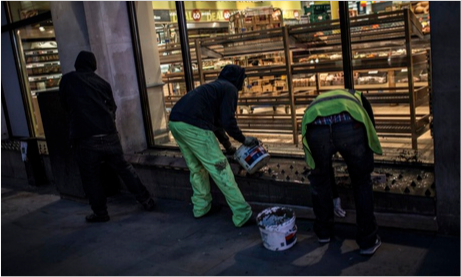
Figure 7 - A Protest Group, a Counter-Movement, Covers the Spikes with Concrete
"''We don't want to live in a society where public space is covered in spikes…” London Black Revs concrete over anti-homeless spikes outside Tesco in Regent Street (Source: The Guardian, 2014).
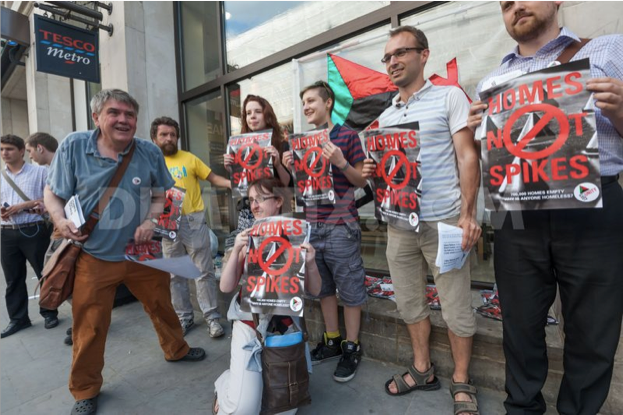
Figure 8 - Spikes Removed BEFORE scheduled Protest (Source: Demotix.com)
There is more going on here, more that is cut off, not articulating in the earlier images of the spikes in concrete places. The spikes are interacting as character with the surrounding world of Million Dollar (or Pound) luxury apartments, and Billion Dollar corporations, willing to let the objective preence of spikes be seen. The BETWEEN, its fore-structure wwindles the relationship between Grand Narratives defending wealth and the Living Stories of the homeless. These are referential relaitons that are significant to organization scholars. Who can deny the ontological complicity of corporations in understanding this antenarrative interpretation?
It is also cross-cultural, the social, political, and economics of class, the material conditions of Being-in-the-world of inequity.
Who?
When we dig a bit deeper we start to ask the 'who' questions. Who are the homeless. When we read the grand narratives, we meet the statistics, or the generalities about character, but do not meet the homeless.
Since this is an audience of academics, one important who, is the homeless professor. I know of two homeless professors, near where I live, next door, in El Paso Texas. One is recently dead, having tried to cross the highway. Another still frequents the flop houses of El Paso, the notorious, OC (Opportunity Center). There are other homeless professors, as the university becomes more the place of a mall, the McUniversity, in all its mallification.

Figure 9 - Homeless Professor Protesting in New York
Mary-Faith Cerasoli protests the conditions of adjunct professors outside the New York State Department of Education in Albany (Source, PBS.com, Friday, March 28, 2014).
It is a living story that can happen to almost anyone. In the USA, the American Dream, that Grand Narrative, is self-deconstructing. The average person is two paychecks away from joining the ranks of the world's homeless. The .01% and the 1% are the wealthy class who are amassing the world's open spaces, the places, so that the frontier is a thing of the past.
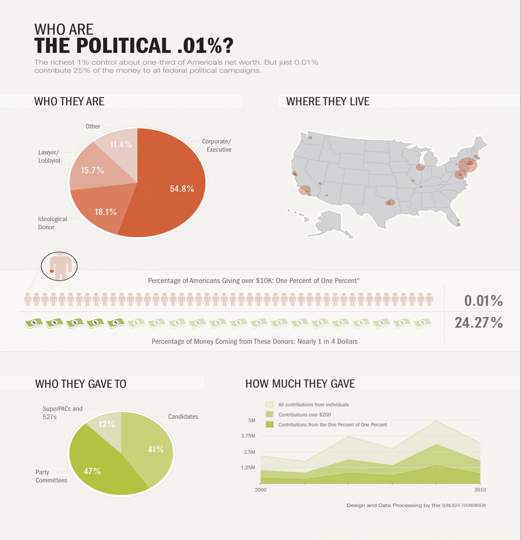
Figure 10 - Who are the .01% weathy? (Source: Visuall.ly/who?)
If we dig a bit deeper, we find that the .01% and the 1% are complicit. Whe are they? They are lawyers, corporate exectuives, and a few others, who are financing entrepreneurial tools, like this bench.
What is the Footprint of the Super-Wealthy?
The superrich have an outsized footprint in the public square."There are some prickly issues in drawing the line between a human need and superfluous and wasteful consumption, but you don’t have to have a degree in philosophy to make the case that the kind of luxury consumption engaged in by the super-rich is profligate and indefensible, certainly insofar as it results in pollution that kills people or makes them sick, draws down scarce resources that could be used for meeting real human needs, and puts species habitat at risk, contributing to the massive current wave of extinctions" (Source: Hudson, Policy Alternatives, 2014).
"The MIT class said that it compared the carbon emissions of Americans in a variety of lifestyles ranging from the homeless to multimillionaires, from Buddhist monks to soccer moms and compared them to those of other nations. What is interesting is that the group found that your carbon footprint impact rises with your income" ... "Bill Gates uses 10,000 times the energy of the average American, MIT says (Source, Gruener, 2008). If you are looking for people with the worst carbon footprint, look among the super-rich such as Bill Gates and Oprah Winfrey, MIT class say... 5% of the world’s population is consuming almost one quarter of the energy available worldwide" (source: TGDaily, 2008).
"85 Super-Wealthy own as Much as Half the World’s Population" Plus, "In the U.S. following the 2009 financial crisis, the bottom 90 percent has become poorer while the top one percent has captured 95 percent of the growth... We will soon live in a world where equality of opportunity is just a dream. In too many countries economic growth already amounts to little more than a ‘winner takes all’ windfall for the richest." (Germanos, Jan 21, 2014).
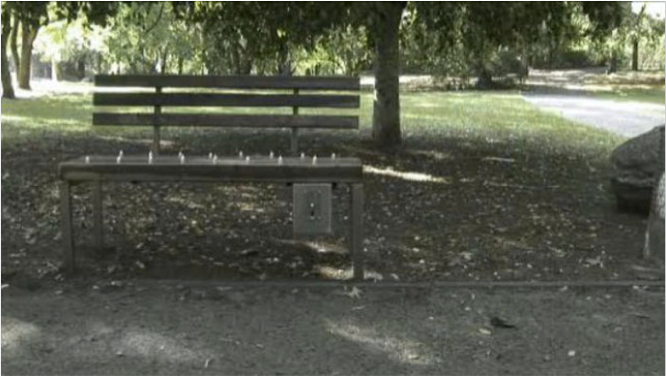
Figure 11 - Spike Bench where Homeless can Rent a Place (Source: Spiked Bench)
Another grand narrative: Katharine Sacks-Jones, head of policy and campaigns at Crisis, said: “This is happening in a context where rough sleeping has gone up massively. Over the last three years rough sleeping has risen by 36% nationally and by 75% in London. More than 6,400 people slept rough in London last year.” Source: [Bench spike photo or here for quote).
China is taking spikes to an extreme.
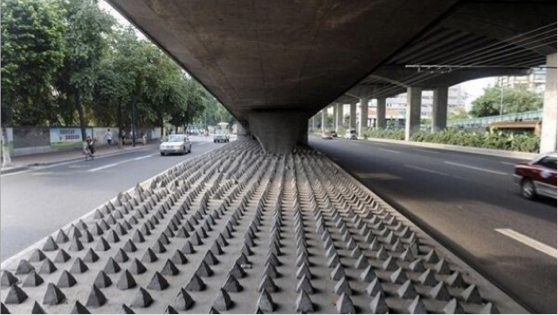
Figure 12: - Spikes in China (Source: Spikes are Weapon).
Estimates are 200 million of China's 1.4 billion population are living on the streets. Sleeping under a bridge keeps one out of the rain. 'Those were built by the District administrative agency, because too many homeless people congregate under the bridge" (Source: Daily Mail, 2014).
Its about class
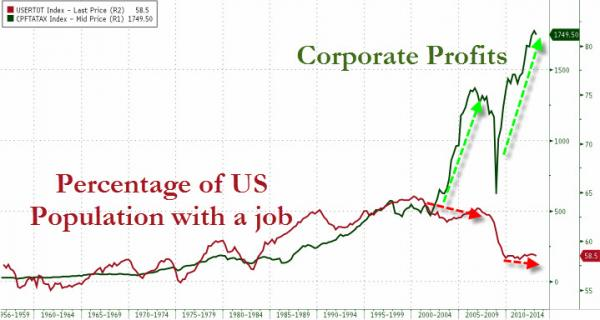
Figure 13: Corporate Profits are increasing while those with a Job is decreasing (Source: Economic Collapse Blog).
Conclusions
We have discovered, and revealed, even disclosed a background, a contexts of classes binding and seperating, relating to one another through spikes. The relation of the rich to the homeless, the technology of corporate enterprise, the concepts of property and the grand narratives of calcualtion and gneralization that mask and veil the logos of late modern capitalism. Poverty, voilence, terror and its defense are objectively present. The antenarrative revelas an ontological promlematic, the movement of wealth between nations, the counter-movements of protests that 'spikes are too tough.' Yet, spikes are only mone of many tools, revealed in a broader existential analysis of the antenarrative retelling.
Heedful Being-with-one-another as rich and poor are retelling about space, about place, about the culture of property.
We have traces the relation of spikes to the rich, to corporations and to the rough sleep of the homeless. There are rougher technoogies, the billy clubs, the setting fire to a homeless person, the ways the public is so unawares. And there are less rought sleeping, ways the NGOs are filling the gap, finding scarce resources of food, shelter, medicine, and so forth, for an estimated three millions who are homeless, another million living in crowded family dwellings, and wiht an economic bump are about to become homeless. These grand narrative empirics are estimates, since each nation has its own method of numeral ac/counting (counting and accounting, and giving account).